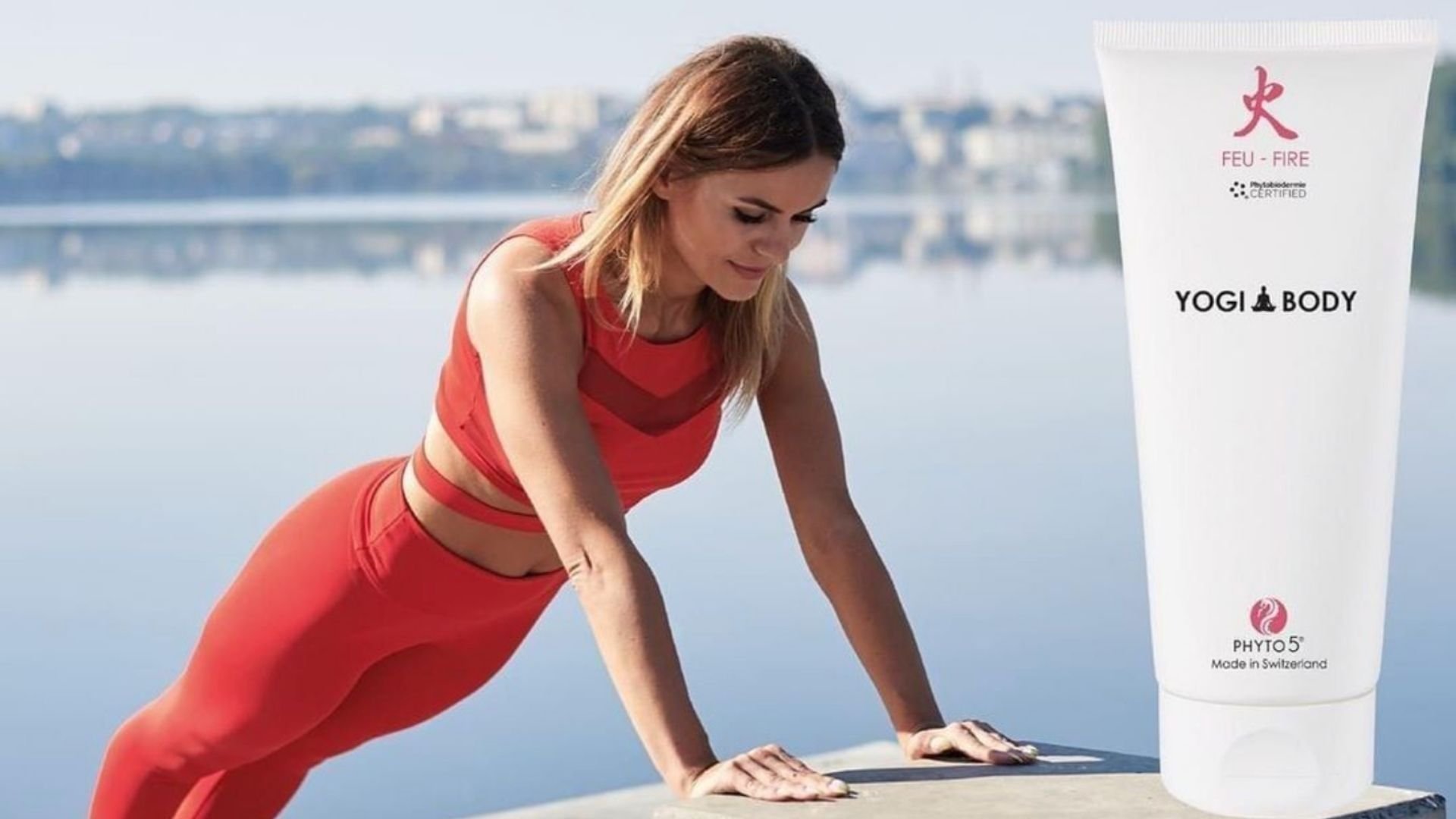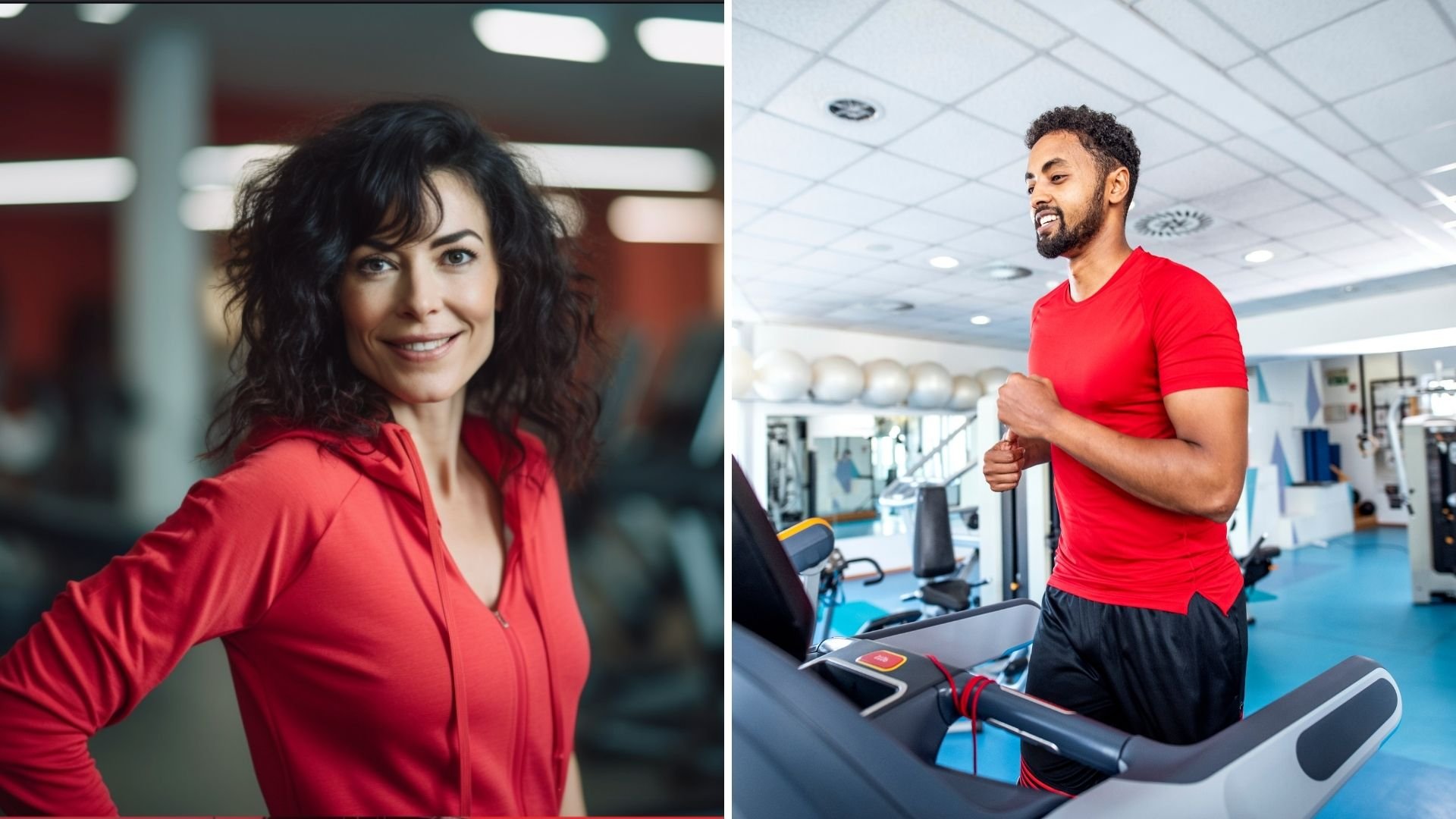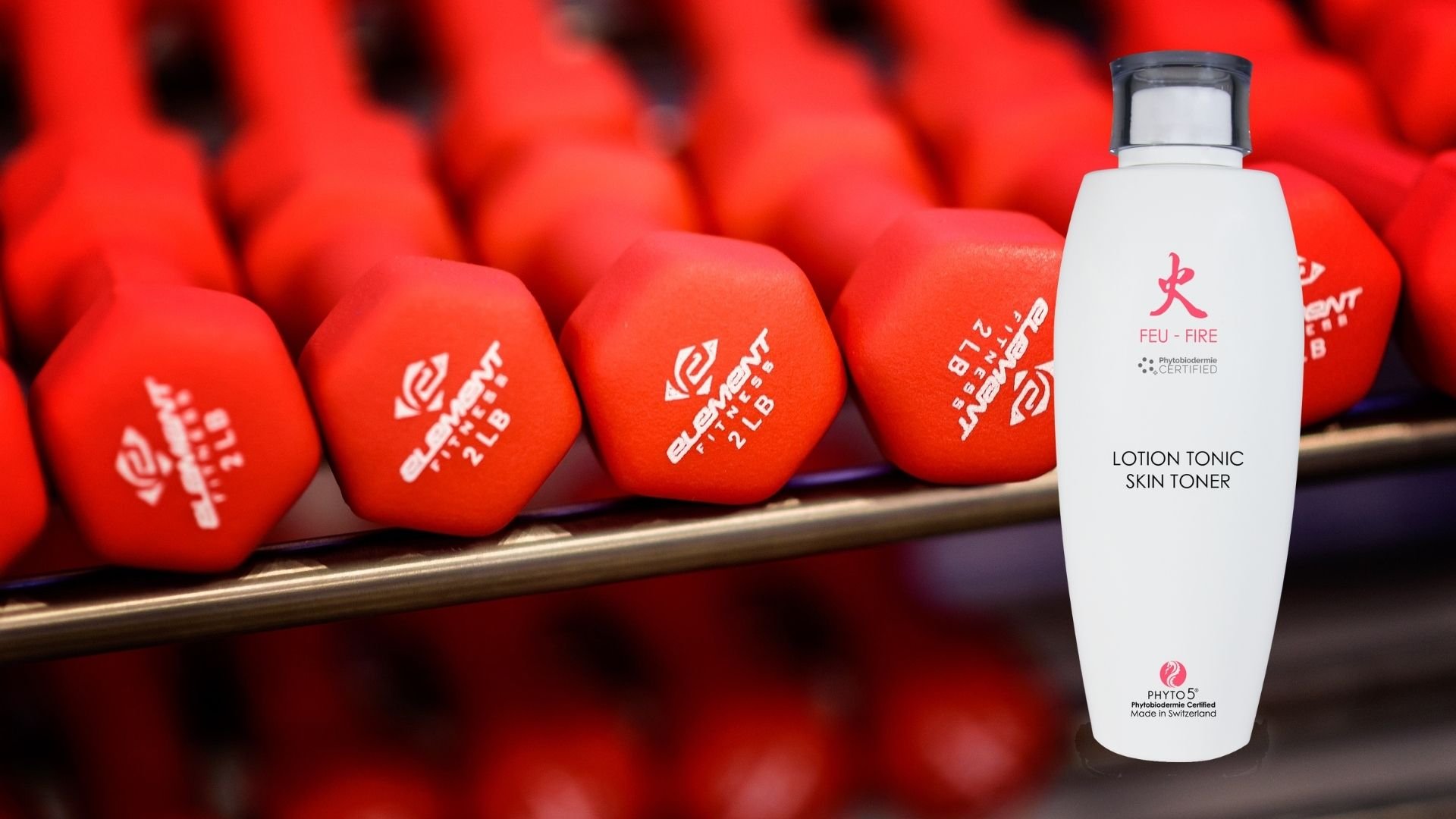One of the foundational tenets of traditional Chinese medicine is that of adjusting our lifestyle habits to align with the seasons. These lifestyle habits include how we eat, move, and live throughout the year as we experience the changes of each of the five seasons of traditional Chinese medicine. This is a mindful practice and a rhythmic approach to living where we learn to adapt, flow and enjoy life more. We ease into ways of living that work very well in support of body, mind, and soul. This type of rhythmic living helps us avoid stress and its harmful effects and it elevates our well-being.
According to traditional Chinese medicine, energetic Summer which begins May 6 and runs until July 19 every year is the season of the Fire element. Summer is the most yang period of the year—a time of expansion, peak vitality, and outward and upward movement.
At the Summer Solstice is when this Summer yang energy peaks. Yang represents the day while yin represents the night and at the Summer Solstice we mark the longest day and the shortest night of the year. On the Summer Solstice we have the most yang day of the year and the peak of yang Fire energy.
Balance of Yin and Yang
In traditional Chinese medicine, balance is always sought in order to achieve and maintain wellness. The ancient Chinese recognized the duality of our universe and saw that all things were composed of energy and that energy was composed of two complementary yet opposing actions. These two forces are yin and yang and they're interdependent and interconnected.
The ancient Chinese and we today can see that a natural ebb and flow of yin and yang energies is constantly occurring throughout all of life. We must acknowledge and embrace this ebb and flow as part of the cycle of life if we wish to live harmonious lives as part of the natural world. Balancing yin and yang energies is essential for balance of body, mind and spirit.
Summer Is Yang
The five seasons of the year each represent either a yin or yang energy primarily and for Summer, its energy is primarily yang—the energy associated with action, movement and change. Yang is the moving, dynamic, warming aspect within nature and our bodies.
Even if we don’t have background in traditional Chinese medicine, we sense all this, because we feel this expansion of energy in different ways during energetic Summer. The days become longer. We enjoy more sunlight and energy. We feel like engaging in more activities and we find it easier to gain momentum. We even feel more outwardly social and instinctively look for ways to engage with the world.
Both yin and yang principles play an important role in how active we are at any point in the year. There are types of exercise or movement that will best suit each season’s yin or yang expression.
In Summer, since the Fire energy is very yang and all about action, movement and change, we’ll want to align the movement of our physical bodies with a similar kind of energy and action. Activity and exercise are especially important at this time to keep the pores open and chi flowing smoothly throughout the body.
“To increase yang, spend more time in active, ambitious pursuits. Cultivate your outer expression, physical strength, firmness and personal interactions. Initiate projects. In your home, use warm colors - yellow-green, yellows, oranges, and reds.”
Our bodies’ chi and energy are at their peaks during the season of Fire so we can take advantage of the window of opportunity the season provides for getting projects we were planning all Winter and Spring finally done.
Yang Tissues and Exercise
The body itself has yin and yang tissues. Yang tissues are the ones we are most familiar with—our muscles. It’s no coincidence that Summer yang activities and exercise target the muscles and involve rhythmic repetitive movements. Our Summer exercise should tend to push us a little more, needing to use more force to achieve our health and fitness goals. An aligned fitness goal for Summer would be to build strength or endurance in our muscular tissue.
Activating our yang tissues by exercising will definitely provide a plethora of health benefits, however if we solely focus on yang activities during Summer, this can wear our bodies down and heighten the fight-or-flight response in our nervous systems. A yin practice like walking to balance a gym workout invites us to slow down, be more present in our bodies and relax into the moment.
How to Work with and Benefit from Summer Yang
Cultivate your yang chi energy by sunbathing, but be sure to use sun protection.
Avoid prolonged stays in air conditioned cold rooms. This causes chi and blood stagnation.
Avoid excessive sweating when exercising.
Get sufficient sleep. You can go to sleep late but by 11 p.m. is best. Get up early. Do not be tempted to sleep too long in the morning. A midday nap is also very beneficial during Summer.
Augment your regular exercise schedule with a short period of morning exercise when your yang is rising. This practice also nourishes the mind. Do not exercise immediately on rising. First, drink a cup of warm water and then do not too strenuous morning exercises for about 20 to 30 minutes. Qi gong, yoga and tai chi are perfect for this.
Types of Summer Yang Exercise
Exercise every day enough to just break a sweat, but do not overexert and drink a good deal of water when you’re finished.
Enjoy any sort of outdoor activity.
Practice strength training, muscle building, core exercises and short high-intensity training(HIIT) sessions.
Make sure you include cardiovascular/aerobic exercise:
“Cardiovascular fitness goes a long way in maintaining adaptation for the Fire Type. At the least, a brisk walk every day of at least thirty minutes can make a huge impact. If health and age allow for it, jogging or other aerobic exercises should be part of a daily routine. Many of my patients state they don’t have the time to set aside for this type of commitment, to which I reply that they don’t have any choice. Studies have shown that walking for shorter periods twice a day accomplishes the same training effect as one longer session. For the Fire Type especially, caring for the Heart is the first priority.”
The more active practice of yang yoga works on the yang muscles and blood flow while building strength, stamina and flexibility. These types of yoga include power vinyasa (provides rhythm and repetition), ashtanga, and Bikram.
For the really athletic, there’s high jumping, running, and sprinting.
Take an evening walk. The mind can become easily distracted in Summer and an evening walk can help nourish the mind with quiet and tranquility not to mention it will help balance your more strenuous activities of the day.
Do some Summer evening stretching to loosen muscles and movement. This can help promote systemic blood circulation, thereby reducing your cardiac burden and improving your quality of sleep.
#####
Sources:
Yin and Yang: Unlocking the Power of Harmony. N.p., Xspurts.com.
A TCM Way to be Healthy, Inside and Out. N.p., FriesenPress, 2017.
Moss, Charles A. Power of the Five Elements: The Chinese Medicine Path to Healthy Aging and Stress Resistance. United States, North Atlantic Books, 2011.
Gerecht, Hope Karan. HealingDesign: Practical Feng Shui for Healthy and Gracious Living. United States, Journey Editions, 1999.








